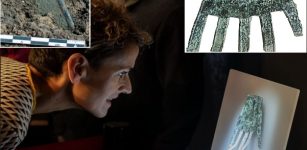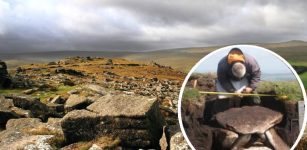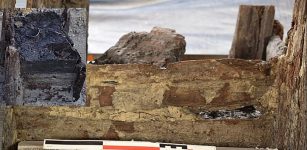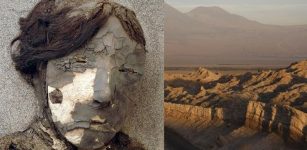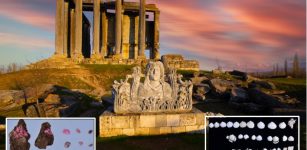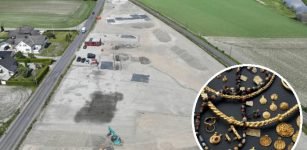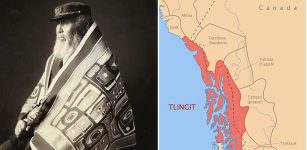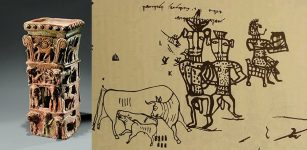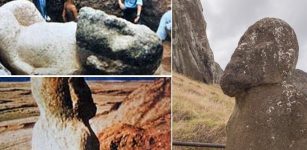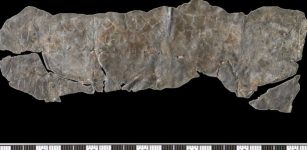Fossils, Fires And Focus On Early Human Activity In Southeast Asia Jungles
Conny Waters - AncientPages.com - Studying dirt layers from the Tam Pà Ling cave in Laos has given Flinders University archaeologists new insights into some of the earliest evidence of Homo sapiens in Southeast Asia.
Local archaeologists excavating in the Tam Pà Ling cave, Laos. Credit: Vito Hernandez, Flinders University
The site, meticulously researched over the past 14 years by an esteemed team of Laotian, French, American, and Australian scientists, offers compelling fossil evidence of our direct ancestors in Southeast Asia.
A new study conducted by Ph. D. candidate Vito Hernandez and Associate Professor Mike Morley from the College of Humanities, Arts and Social Sciences has reconstructed cave ground conditions between 52, 000 and 10, 000 years ago.
"Using a technique known as microstratigraphy at the Flinders Microarchaeology Laboratory, we were able to reconstruct the cave conditions in the past and identify traces of human activities in and around Tam Pà Ling," says Hernandez.
"This also helped us to determine the precise circumstances by which some of the earliest modern human fossils found in Southeast Asia were deposited deep inside."
Microstratigraphy - studied both in the field and in the laboratory - lets scientists study dirt in detail, revealing structures and features that preserve information about past environments and traces of human and animal activity often missed during excavation.
Author Associate Professor Mike Morley. Credit: Flinders University
The human fossils found at Tam Pà Ling, dating back between 86,000 and 30,000 years ago, present a unique opportunity for groundbreaking research. However, until now, there has been a lack of detailed analysis of the surrounding sediments. By conducting this crucial examination, we can unlock valuable insights into how these fossils were deposited in the cave and uncover the environmental conditions of that era.
Researchers found that conditions in the cave fluctuated dramatically, going from a temperate climate with frequent wet ground conditions to becoming seasonally dry.
Associate Professor Morley points out that this shift in the environment significantly altered the cave's interior topography, which in turn would have affected the way sediments, including human fossils, were deposited. Understanding these changes is crucial for accurately interpreting the cave's historical record and gaining insights into our past.
Excavation in Tam Pà Ling. Credit: Vito Hernandez, Flinders University
The mystery of how early Homo sapiens ended up buried deep within the cave has sparked much debate. However, our sediment analysis, according to Professor Morley - provides compelling evidence that these fossils were transported into the cave as loose sediments and debris.
This accumulation likely occurred over time, carried by water from nearby hillsides during periods of heavy rainfall. This explanation offers a logical and scientifically supported understanding of this ancient phenomenon.
The team also identified preserved micro-traces of charcoal and ash in the cave sediments, suggesting that either forest fires occurred in the region during the drier periods, or that humans visiting the cave may have used fire, either in the cave or near the entrance.
According to study co-author Assistant Professor Fabrice Demeter, a paleoanthropologist from the University of Copenhagen, who has been leading the team of international researchers studying Tam Pàn Ling since 2009, the research has allowed the team to uncover groundbreaking insights into the movements of our ancestors as they navigated the shifting forest landscapes of Southeast Asia amid fluctuating regional climate conditions.
The work is published in Quaternary Science Reviews.
Written by Conny Waters - AncientPages.com Staff Writer




